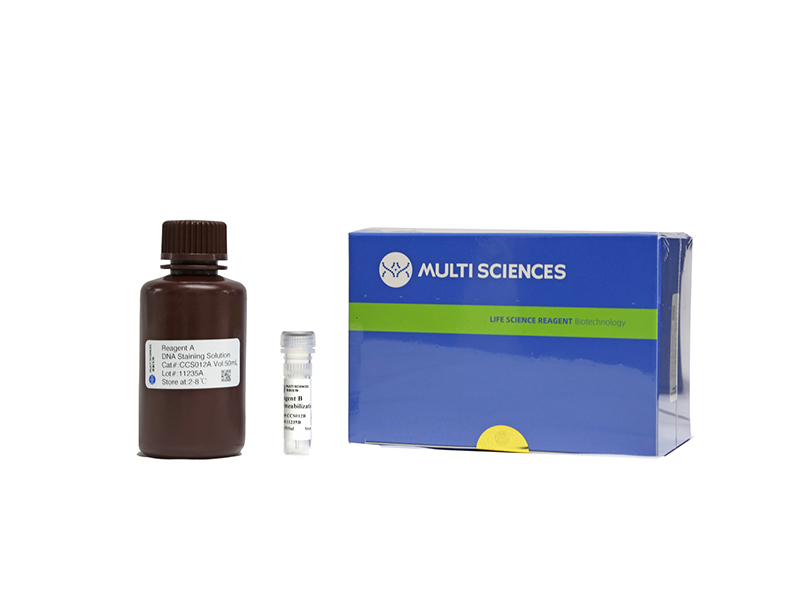Background:Spontaneous abortions (SA) is amongst the most common complications associated with pregnancy in humans, and the underlying causes cannot be identified in roughly half of SA cases. We found miR-135a-5p to be significantly upregulated in SA-associated villus tissues, yet the function it plays in this context has yet to be clarified. This study explored the function of miR-135a-5p and its potential as a biomarker for unexplained SA.
Method:RT-qPCR was employed for appraising miR-135a-5p expression within villus tissues with its clinical diagnostic values being assessed using ROC curves. The effects of miR-135a-5p in HTR-8/SVneo cells were analyzed via wound healing, Transwell, flow cytometry, EdU, CCK-8, and tube formation assays. Moreover, protein expression was examined via Western blotting, and interactions between miR-135a-5p and PTPN1 were explored through RIP-PCR, bioinformatics analyses and luciferase reporter assays.
Results:Relative to normal pregnancy (NP), villus tissue samples from pregnancies that ended in unexplained sporadic miscarriage (USM) or unexplained recurrent SA (URSA) exhibited miR-135a-5p upregulation. When this miRNA was overexpressed in HTR-8/SVneo cells, their migration, proliferation, and cell cycle progression were suppressed, as were their tube forming and invasive activities. miR-135a-5p over-expression also downregulated the protein level of cyclins, PTPN1, MMP2 and MMP9. In RIP-PCR assays, the Ago2 protein exhibited significant miR-135a-5p and PTPN1 mRNA enrichment, and dual-luciferase reporter assays indicated PTPN1 to be a bona fide miR-135a-5p target gene within HTR-8/SVneo cells.
Conclusion:miR-135a-5p may suppress trophoblast migratory, invasive, proliferative, and angiogenic activity via targeting PTPN1, and it may thus offer value as a biomarker for unexplained SA.
文章引用产品列表
-
- CCS012 1190 Citations
- 周期试剂盒
Cell Cycle Staining Kit 细胞周期检测试剂盒
- ¥390.00



